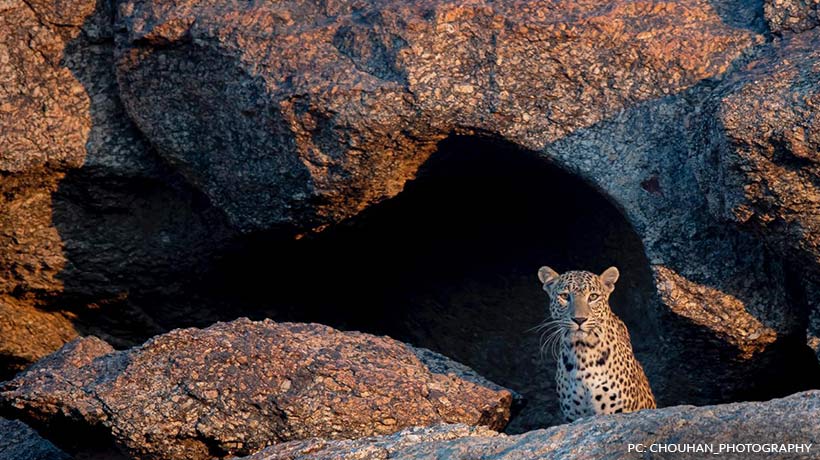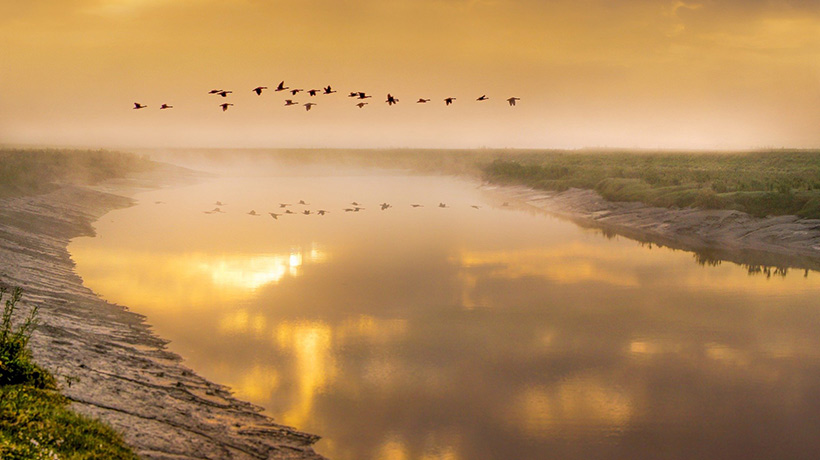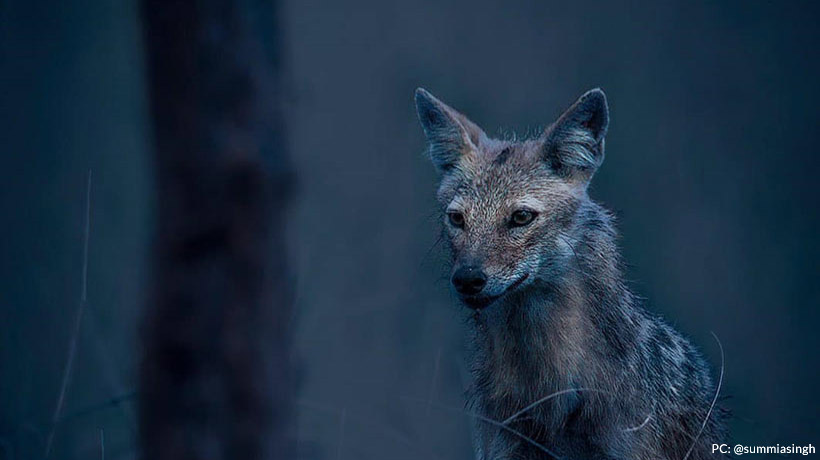One of the main reasons people love to travel is to see the wildlife in its natural habitat. Animals, especially wild animals are going to do what they please, wherever they please & when they please. Unlike human beings, you can\’t ask them to pose for your pictures or to face the light source. You need to be quick to take shots of wildlife animals in their natural habitat. It\’s not just important to know how to work a camera, wildlife photographers need to know other skills as well.
Wildlife photography is an interesting hobby and a challenging one to get into because it takes a lot of commitment and patience. Moreover, you also need to learn about the animals you gonna shoot. It takes a long time to get that perfect wildlife shot, but the longer you spend that time with animals you will get to learn about their natural habitat, you will get to see the personalities of different individuals.
Practice ultimately makes perfect. But these tips can help to improve your ability to take pictures dramatically:
- Buy a Professional Camera
Know that your best wildlife photography opportunities ain\’t going to last long. You barely have 10 – 30 seconds at most to get an action shot. There are many cameras out there, but only a few are versatile enough for shooting wildlife outdoors. There\’s no doubt that wildlife photography is an expensive profession. You need to invest in good gear. A regular camera when exposed to harsh conditions will not last very long. So, you need a good camera with weather resistance which can perform in any weather conditions. The best choices you have are SLRs and mirrorless cameras which can be set manually and accept different types of lenses. A camera with manual mode is a need for taking the shot of wildlife in their natural habitat when the auto feature won\’t work out.

- Natural Habitat and Character
Natural Habitat plays a major role in getting a perfect wildlife shot, it is this place in nature that particular species calls home. To get a shot of animals in their zone you need to replicate the animal’s natural habitat.
Another thing to keep in mind while photographing wildlife is the old \”push/pull\”. Animals have personalities, and you want to show that. But you don\’t want to work with really long lenses all the time. Sometimes, you need to show their environment to the viewers, Use wide-angle and give a sense of where the animals live.

- Study of Animal Behaviours
This is what makes wildlife photography complicated, you can\’t tell animals where to go and what to do. The pictures heavily rely on what your subjects are doing at that moment. Animals are similar to humans in a way they all have different personalities. And it would be great if your pictures can tell their personality to the world. So, if you get to know the behavior patterns of the subject that increases your chances to get a really good shot. That includes finding out at what time of the day they come out in the open or hiding from potential predators.
One of the ways to learn is to tag along with local wildlife photographers and other nature lovers. Observe how they move around animals, so you will get an idea of doing things which you can not learn just from reading about them.

- Sharpen your Stalking Skills
Photographing some animals may require you to be closer and take better shots. At the end of it, you will learn to be patient and hide from potential predatory animals.
Wildlife Photography is about concealing one\’s presence as a wildlife photographer, allowing them to capture the natural behavior of their subjects while minimizing disruption. It is an essential component of wildlife photography, the photographic blind provides images of the private lives of animals.
It can\’t be more stressed than how important it is to stay patient to get that one perfect shot. The animals can be triggered at the slightest of things like unnecessary noise and movements. To avoid such things, wildlife photographers should always need to stay calm and patient, move slowly, and not make direct eye contact. The camera shutter also makes noise so make sure you only click when it is needed.

One More Thing
While you are out photographing wildlife, don\’t just pay attention to what is called the charismatic megafauna i.e., the big animals which get most of our attention. Of course, we all want to capture those big guys, but there is so much of life around us which we can not see. Some of them are amazing and beautiful. So look around yourself whenever you are out there while walking, hiking, sitting in a car waiting to happen something, you\’ll be amazed at what you might discover. Photograph that too!




